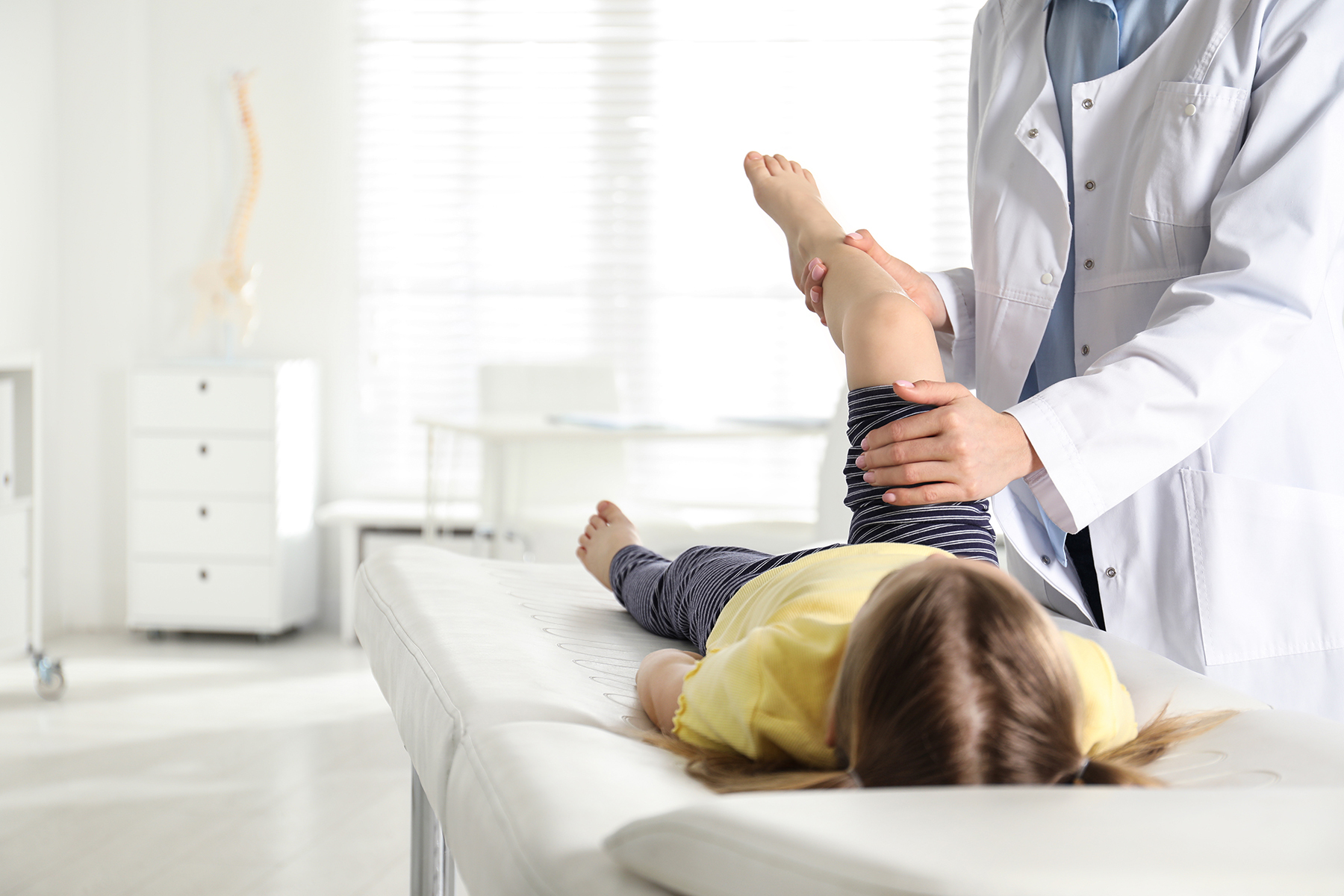The Lowdown on Growing Pains

If your child has called out in the night with lower leg pain in the calves, knees, or shins, you have probably been told by a family member or physician that it’s just growing pains. But what exactly does that mean, and how do you know if it’s something more serious? We asked Pediatric Nurse Practitioner Stacey Talarico, CPNP, with WakeMed Children’s – Pediatric Primary Care, to explain what’s really going on and what you should do when children experience mysterious pains that are seemingly out of nowhere.
As a mother of three who also remembers having growing pains when she was younger, Talarico understands how perplexing they can be for children and families. First and foremost, she wants families to know that the pains are very real and a common part of childhood – especially between the ages of four and eight – so you don’t need to be overly worried if your child is growing and developing normally. However, it is completely logical to talk to your child’s doctor if you are concerned or have any questions when they occur.
It’s unknown why growing pains happen. “While some associate them with growth spurts, they’re actually not as common during stages of rapid growth, so it’s a little confusing that we call them growing pains,” she shared. “What we do know is that the pains do not indicate that any damage is happening with the muscles or bones.”
These pains should be easily alleviated with massage, ice, or a heating pad, and Talarico recommends children’s pain reliever for bothersome pain that does not easily subside. Eating a banana may also help since they contain potassium and other nutrients that can ease cramps.
The goal is to comfort your child and help them get back to sleep if the pains are preventing them from getting a good night of rest. “Reassure them that it’s normal and nothing to be alarmed about,” said Talarico.
Physical exertion or overuse of muscles may lead to some growing pains, so good daytime stretching habits may also minimize nighttime pains.
“Growing pains also seem to be associated with genetics – meaning a child may be more likely to experience growing pains if a sibling or parent has experienced them as a child,” she explained. “They should outgrow them, but some adults who report memorable growing pains in childhood also experience restless leg syndrome later in life.”
Talarico tells parents and children to simply think of growing pains as a part of development with a little mystique. However, she cautions families to talk to their doctor if the pains are also occurring during the day or if they recur in the same area or along with concerning symptoms such as decreased functionality, increased pain at rest, or are accompanied by recurrent fever.
If a child is experiencing leg pains with other symptoms, their pediatrician will most likely check some things with bloodwork or imaging.
“Don’t delay a medical evaluation of pain that does not subside easily or occurs with other symptoms,” said Talarico. “There may be further issues that should be looked into and addressed.”
WakeMed Children's - Pediatric Primary Care

